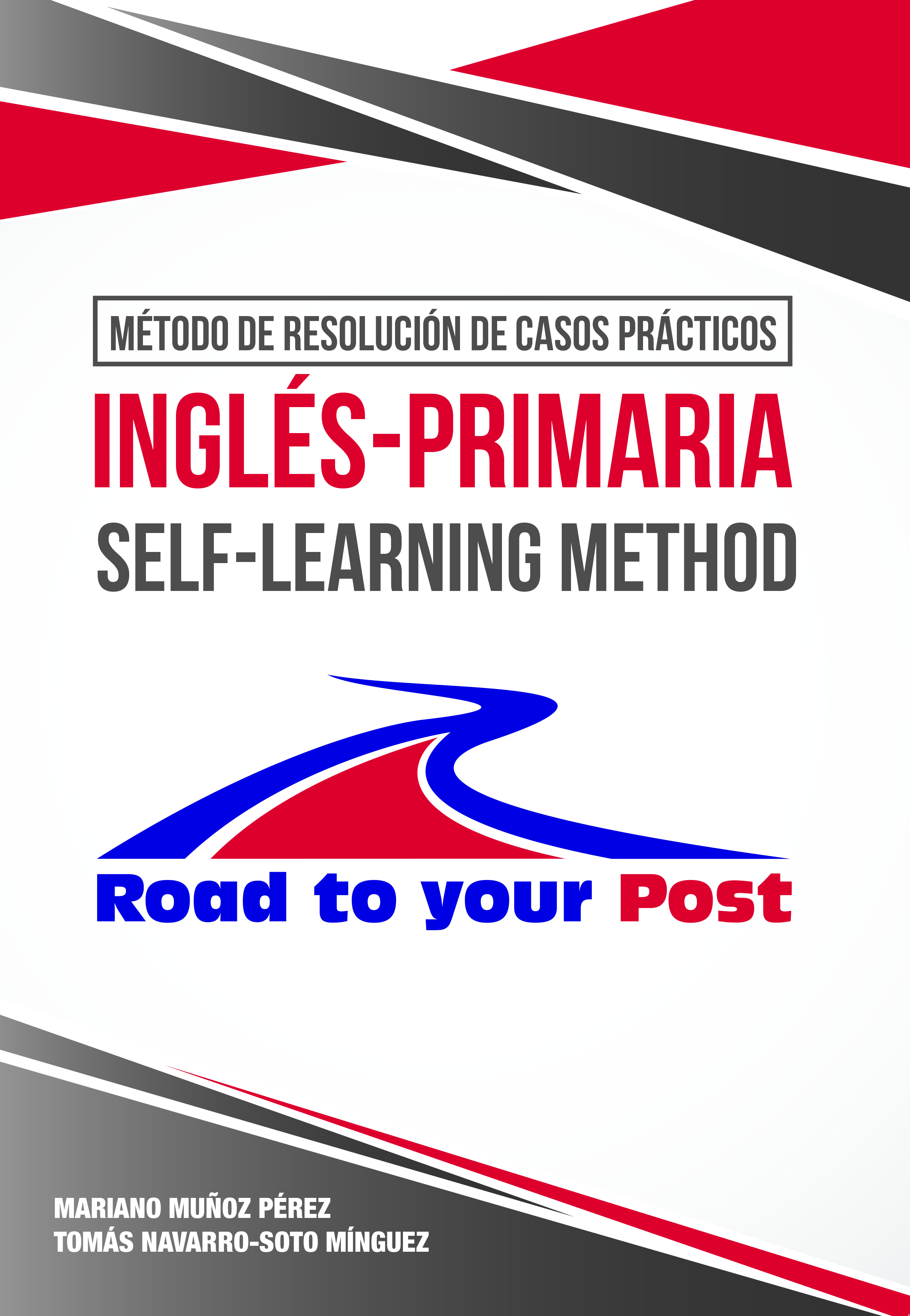Managing worry.
Managing worry. Flocabulary.
Follow us: https://www.facebook.com/OposicionesInglesRP/
More about Road to your Post: oposicionesingles.com
 Road to your Post: your way to talent.
Road to your Post: your way to talent.
Text extracted from: Método de resolución de casos prácticos. Self-learning method.

Practical Case Study (PCS) ANALYSIS
The PCS we shall now approach deals with one of the most worrying problems that teachers may come across along their careers. This difficulty relies not just on the social alarm or the dramatic consequences that bullying may cause and the logical pressure this situation entails. Plenty of times teachers have to cope with isolated episodes of normal children´s disputes which have to be carefully “filtered out” from a bullying situation. However, prior to any analysis, it seems advisable to define what bullying is.
According to Healey (2011), bullying is ongoing physical, emotional or verbal aggression by one or more people against others. It is characterised by a deliberate desire to hurt, threaten or frighten someone with words, behaviour or actions. It can have detrimental effects on all involved, including the bully. In a bullying scenario, Healey contemplates basically three interrelated components:
-The child being bullied, who may experience effects on their health and wellbeing, including their sense of self-worth and place in their world.
-The bully, who needs to learn more appropriate ways of interaction and peaceful problem solving.
-The audience, who witness bullying.
However, as we must not lose sight of our training strategies; so, let us identify the key words to start giving shape to our QWCI mind map:
…
It can be observed that the question situates the candidate as FL teacher and also as main teacher of a specific group of children, which on the other hand responds to an increasing reality at schools. Similarly, the rest of keywords suggest that we have to prove our abilities and knowledge to approach the corresponding organisational measures and teaching actions. Notwithstanding, the question does not take for granted that the bullying situation is real; but rather that we have to determine it (“possible bullying…”). In this regard, immediate actions must be implemented to protect a child being bullied; this rapid reaction does not exclude being cautious, not to stigmatise anyone in the class or treat an isolated coexistence problem as a bullying situation, which would be a terrible mistake with negative consequences. If we add the social pressure, it seems that this PCS is a hard nut to crack.




